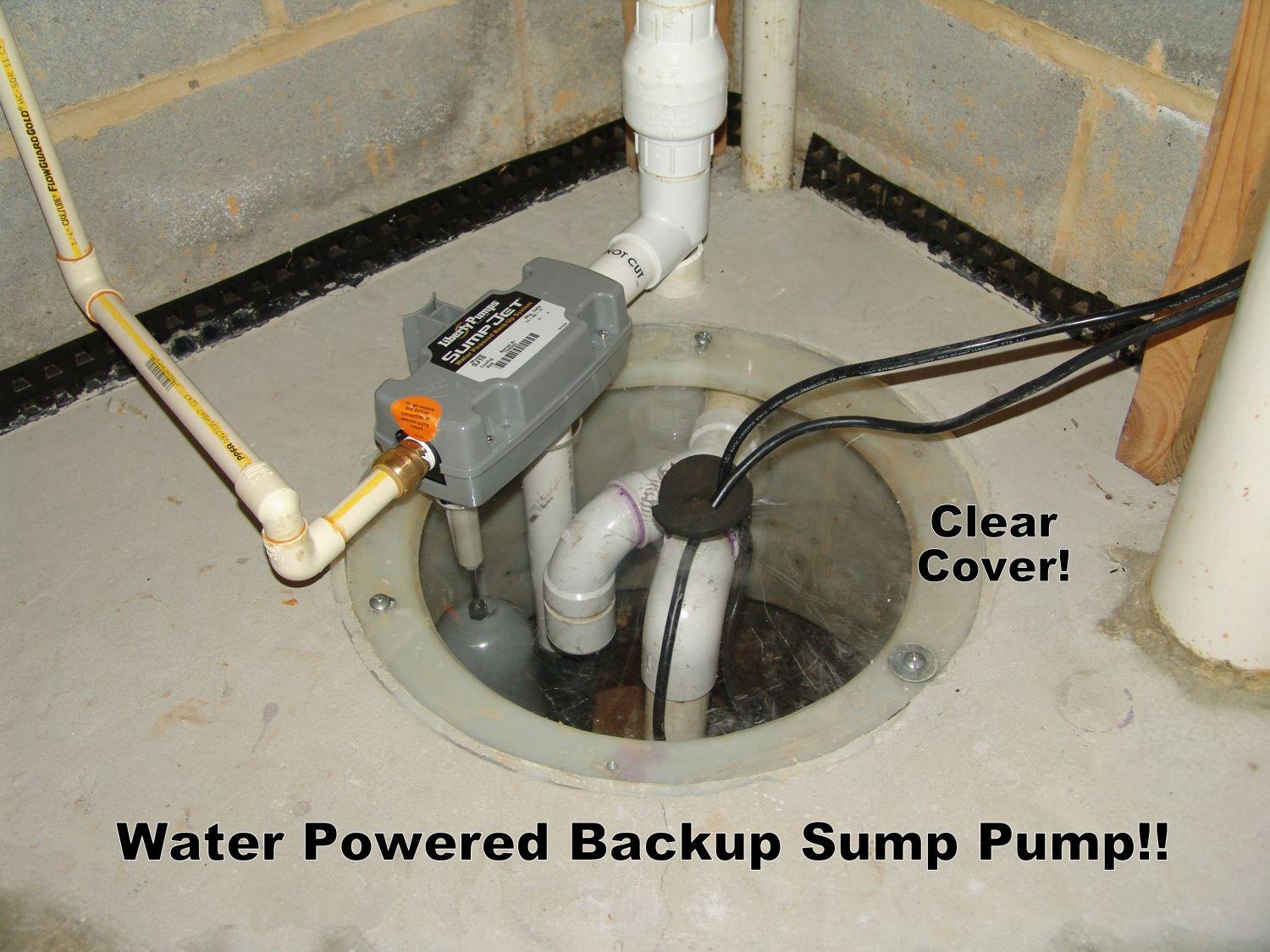Emergency never asks when coming, so having a backup sump pump is crucial in an emergency. If the primary sump pump loses power, the backup pump will immediately remove the excess water from the basement. If you go for a water-powered sump pump, keep in mind that it has advantages and disadvantages like many things. The pump is not for everyone but for those who are lucky enough to be able to use it. This post will pay attention to the water-powered sump pump disadvantages.
What Are the Main Water-Powered Sump Pump Disadvantages?
1. Installation
When compared to alternative options such as battery backups, installing water-powered pumps in your basement is complicated and costly. Besides, you will need to be more involved when installing the device. For example, the pumps need to be connected to your home’s water supply plumbing. And these sump pumps work effectively; you need to be keen when installing them. Any poor installation may fail to keep the basement dry or remove any humidity from the room.
As a result, you cannot rely on these sump pumps in the event of a basement flood. When attempting to keep the room dry, you may be compelled to look for another alternate backup that is not difficult to install. This pump will take time to install before it can start functioning.
2. Regular failures
Water-powered sump pump systems are prone to malfunctioning when required to keep the water out. If the room experiences large amounts of water at a quick rate, the system will be overwhelmed and forced to fail.
This is odd because the pump’s purpose is to drain excess water from the basement. A sump pump aims to keep water from backing up into the basement. However, when the water level in the sump pump reaches a particular level, it will struggle to control the flooding water. As a result, water will rise in the basement. Simultaneously, the device may fail if debris and minerals clog up the pump. Therefore, it’s essential to learn how to unclog a sump pump by yourself.
3. Pumping volume
The pumping volume of water-powered sump pumps is lower than other pumps in the market. This is because water sump pumps operate at an insufficient capacity; they pump less water. In the water-powered sump pump vs battery-powered sump pump comparison, the latter usually pumps water at the highest volume rate.
However, when the pumping volume reduces to a lower rate, the battery-powered pump reduces its effectiveness in ensuring that the basement is dry. In addition, you will find that the water-powered sump pumps won’t remove water per square inch faster than battery-powered due to low home pressure.
4. Limited to homes with wells
The system may not work properly in a home with a well because water-powered sumps operate from water pressure. Especially during power outages, the system depends on water delivery to maintain the pressure rate. Remember that a power outage shuts off the pump; not everyone knows how to use this device, and it’s ideal for homes with the right water pressure needed to pump water from the sump basin. However, this device is limited to homes with wells because they lack the pressure that helps with water suction.
5. Does not work with low-pressure water
The water sump pump will require significant water pressure to perform properly in your home. If the water pressure is not enough, the device will not be able to dry the basement efficiently. This is because they work on the Venturi effect theory, requiring pressure to open a valve connected to the water supply. So, with low pressure, this sump pump will struggle to keep the basement dry in the event of a flood. The end consequence is a flooded basement and costly repairs.
At the same time, a pressure drop might cause dirty water to siphon back into the basement. Therefore, a reduction in pressure will have a detrimental impact on drying the basement unless there is a built-in check valve to prevent siphoning.
6. It can increase your water bill
Water-powered sump pumps might lead to higher water bills. To pump out one gallon of sump water, they use around two gallons of your home’s water supply. Therefore, it might become rather costly if you need to run it for a lengthy period. Furthermore, if your water-powered pump operates continually without your knowledge, it might cost you additional money.
7. It might be violating the law
There are illegal sump pumps in some areas; hence, you must check with your local code or plumber for assurance. The reasons are the following;
- Water backflow – various cities have restricted water-powered sump pumps due to the backflow of water into the city line.
- Will affect your region’s water pressure – when the sump pumps consume potable water to work, the city water line decreases, reducing the pressure, which causes supply problems to the source.
- When heavy rains occur, it causes more water on the streets, and the main storm line is full capacity; the water-powered sump pumps add gray water from the pump and clean potable water.
8. Other issues
You will have to deal with two issues once you install the sump pump in your basement. First, the system is not well efficient in removing water from the basement. The second is that you will have to be content to sacrifice clean drinkable water to pump and remove dirty water from the sump, especially if you are an environmentalist.
This is a dilemma when you consider it from an economist’s point of view. When buying the water-powered sump pump, you will cover the device’s costs, gallons of water used per hour, and the water bills.
Conclusion
Before making the final decision, you need to assess both water-powered sump pump disadvantages and advantages. If you have ever experienced a wet basement, you understand the significance of a sump pump. A backup sump pump is very handy when there is a power outage. They’re valuable since they do not require electricity to function.
However, several cons of water-powered sump pumps render them unsuitable compared to battery backup sump pump solutions. The complex installation process, regular malfunctions, and low pumping volume, among other disadvantages, make it not a better option for backup sump pumps for your home.




